After more than a decade of research and testing, Apple has become one of the first technology corporations in the world to produce chips on a 3 nanometer (nm) process.
The success of the world's largest capitalization company has a significant contribution from Johny Srouji, head of technology, and his team.
Known as one of the few remaining “first generation” leaders at Apple, Johny Srouji is a very strict leader.
The team has completed many difficult tasks, such as developing custom technologies to replace computer processors, phone chips and wireless components from brand-name suppliers.
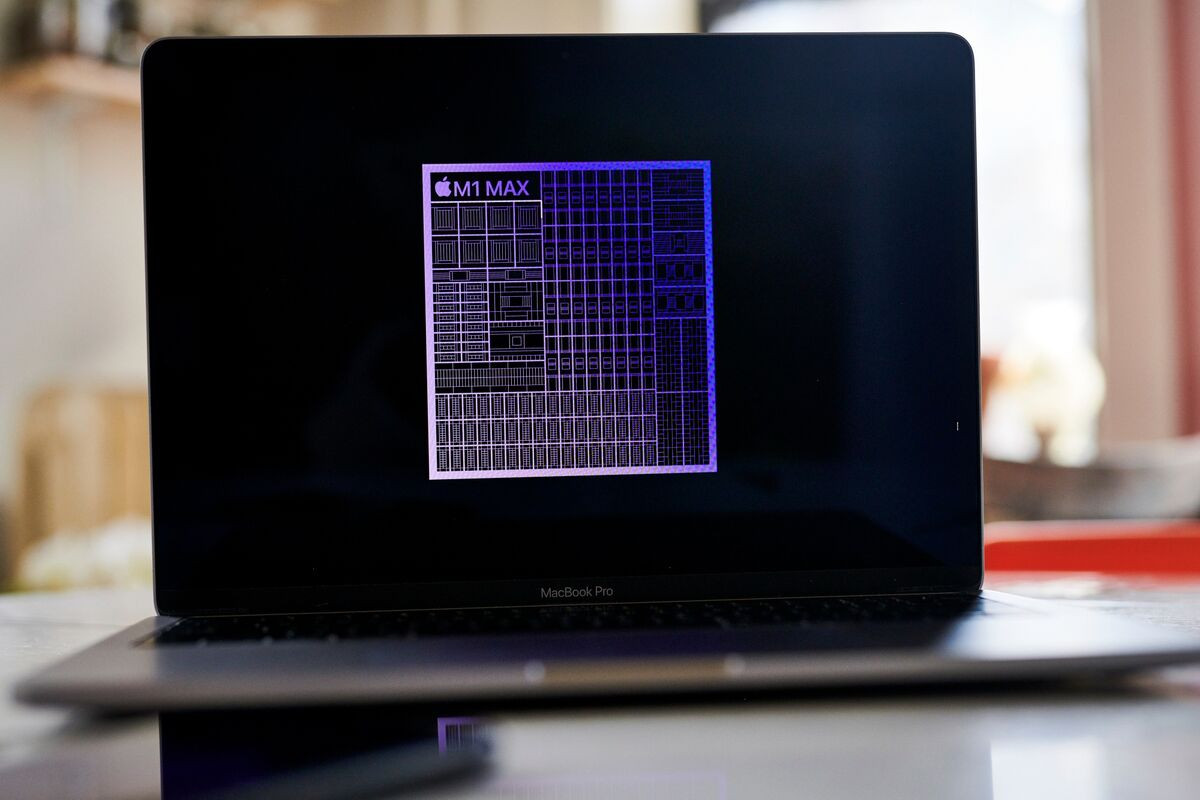
However, there are many goals that Johny's team has yet to achieve, such as replacing Qualcomm's mobile modem in the iPhone, improving display technology, or developing new wireless chips.
Currently, “Apple House” is continuing to improve its “in-house” silicon chip lines. The M3 Ultra processor is being researched and tested, and the next generation M4 will be deployed soon after.
In the long term, the chips inside Macs, iPads, and iPhones will move from 3nm to 2nm technology.
Apple will come close to successfully adopting its own developed products if it can manufacture its own cellular modems and meet the deployment requirements across its product ecosystem by 2026.
After that, it will likely take the company another two or three years to bring its own chips to Apple Watch, iPad, and Mac versions, as the new chips are integrated into their system-on-chip (SoC).
Ambition to "self-sufficient" supply
Bloomberg said Apple is conducting research to design and develop a series of components for use in key products.
While they will still have to rely on other manufacturing partners, the company believes that being self-sufficient in components will make product development easier.
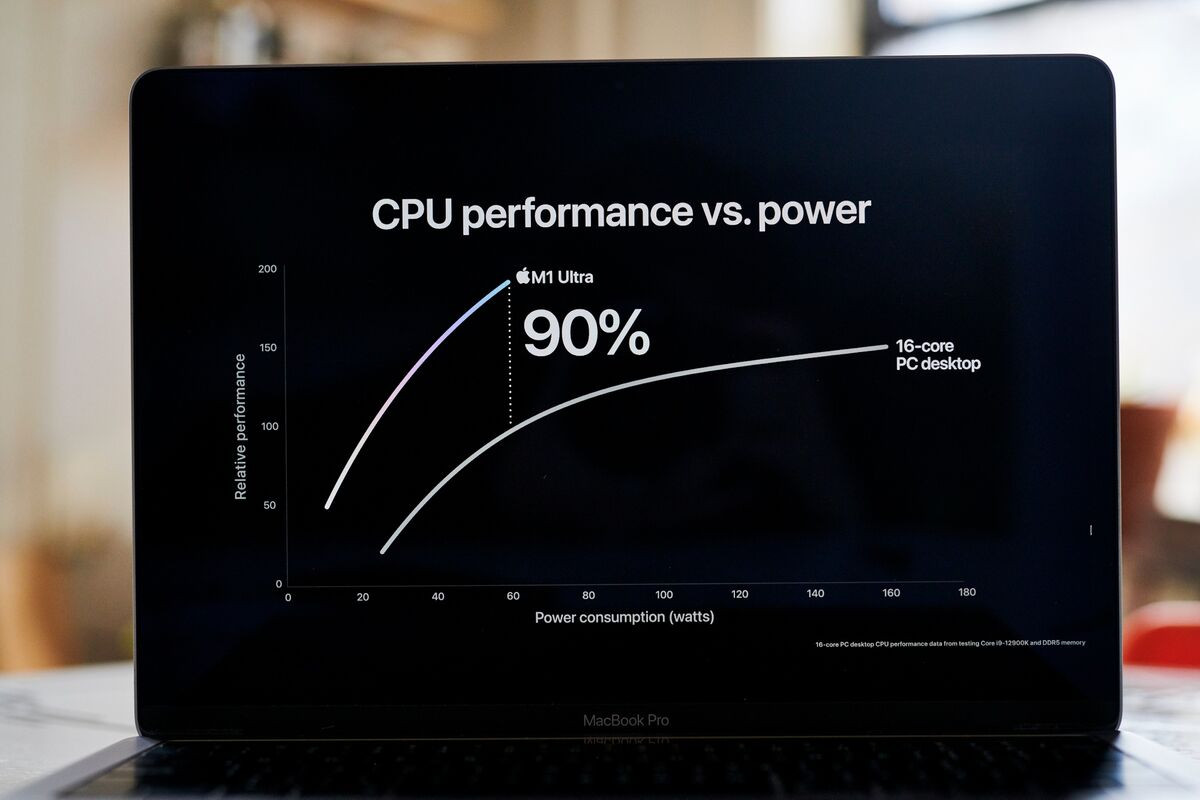
A chip that combines Wifi and Bluetooth connectivity is expected to replace Broadcom's components by 2025. However, like the project to develop its own mobile modem for the iPhone, this technology is still not complete.
As for displays, Apple is working on MicroLED, which will be used first on the Apple Watch. This project has been in the works for more than half a decade and has encountered many failures.
There are also some sensor technologies like non-invasive blood glucose monitoring systems on smartwatches.
And we cannot fail to mention the strategy of self-developing camera sensors, a function that is of great interest on the iPhone and will be a core element for the future development of self-driving cars and virtual reality technology.
Finally, Apple is also considering innovating and developing its own battery technology for use in its devices. The company has been involved in battery development for decades, including in collaboration with partners.
However, this is still an “adventure” project and creating technology that meets market requirements is still a long way ahead.
(According to Bloomberg)

Difficulties surround Apple when it wants to 'oust' Qualcomm
Apple's multibillion-dollar effort to make chips for the iPhone has been hampered by the complexity of replacing a Qualcomm component.

Google must share 36% of Safari search revenue with Apple
The antitrust lawsuit between the US Department of Justice and Google also took place at the same time as the secrets about Google's search agreements with Apple gradually came to light.

Google wants to 'borrow the hand' of the manager to force Apple to open iMessage
In addition to criticizing Apple for not supporting RCS messaging, Google also signed a letter arguing that iMessage should be designated as a core platform service under the EU's Digital Markets Act.
Source


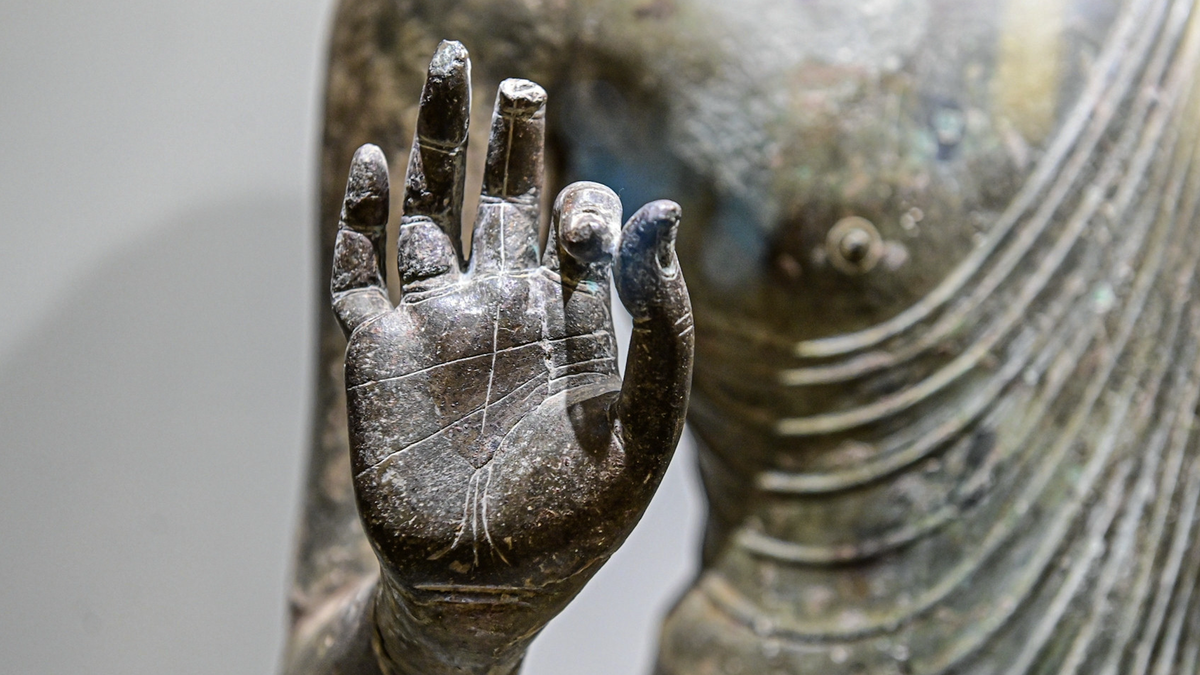





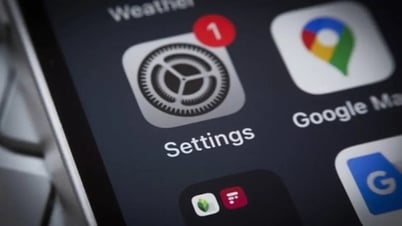

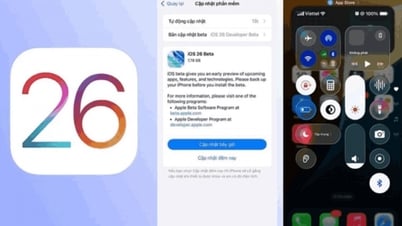
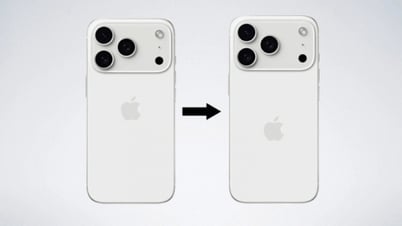
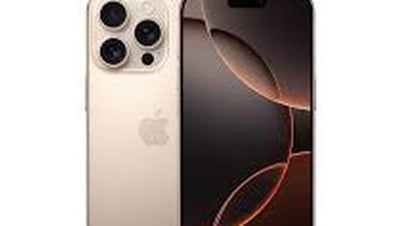

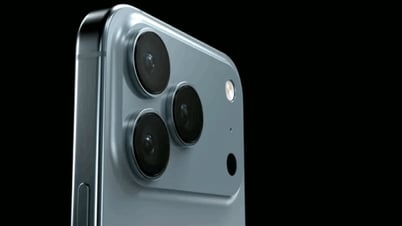
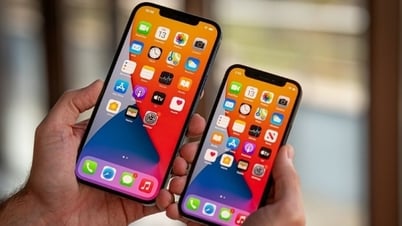


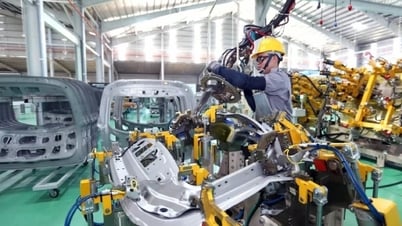

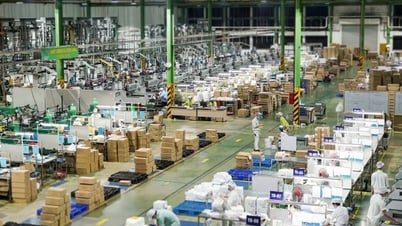











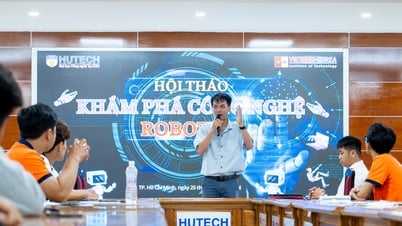















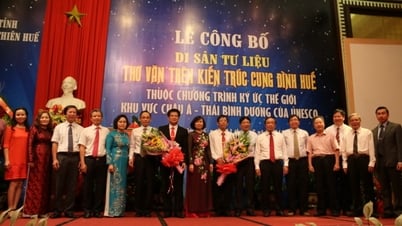
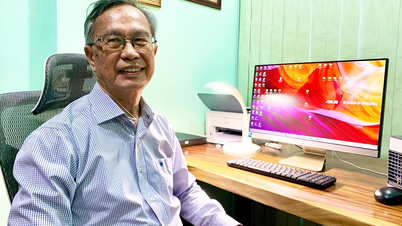
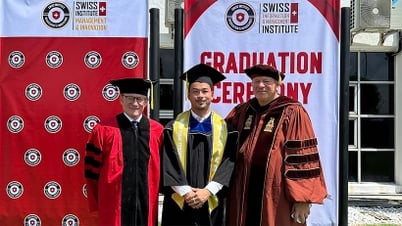


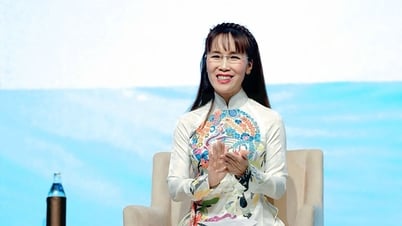







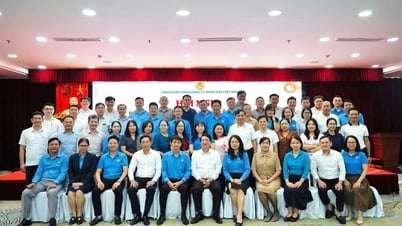
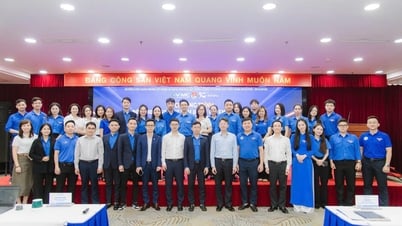

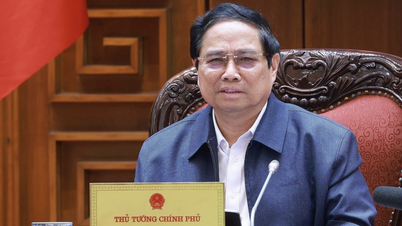











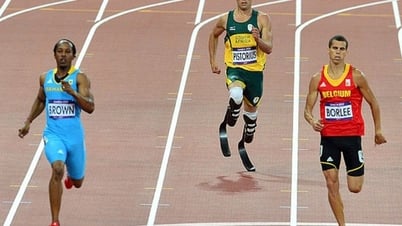





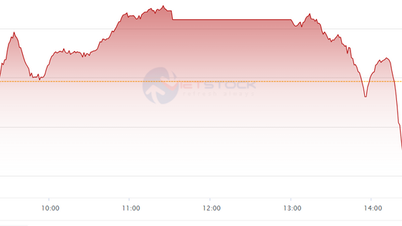

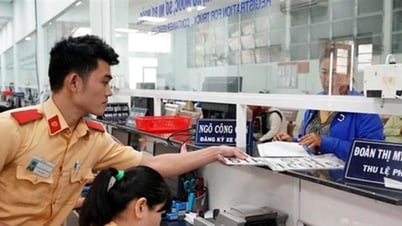
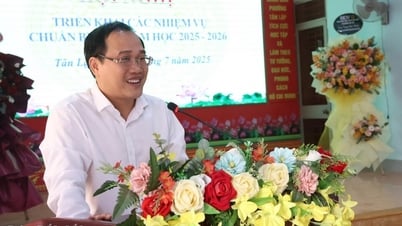



















Comment (0)